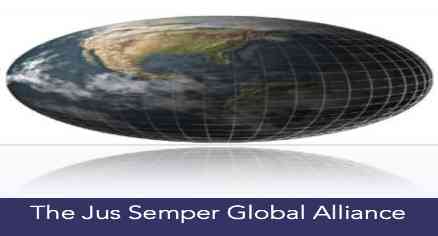Myths and Realities
The global impacts of climate change threaten to reshape the world in a dramatic fashion. From sea level rise, coastal erosion, land degradation,droughts, floods, and temperature increase to intensifying and more frequent storms, any number of detrimental impacts caused by a rapidly warming planet fundamentally changes how and where we live. Sudden-onset events and slow-onset processes combine to damage and destroy homes and assets, decrease crop productivity and biodiversity, forcing people from their lands and livelihoods. While some people are forced to flee in a rapid fashion, others move preemptively or in response to the gradual changes that make living – and earning – in situ ever more difficult, forming a complex spectrum of human mobility related to climate change. This article intentionally takes a rather wide view of this spectrum, in order to tackle some of the most common questions about how migration and climate change collide – and what should be done about it. For a full review of this essay, click here or on the picture to download the pdf file.
|
- © The Jus Semper Global Alliance

| Home |  | Resources |  | Economic Data |  | Climate Change and Migration: Myths and Realities |


